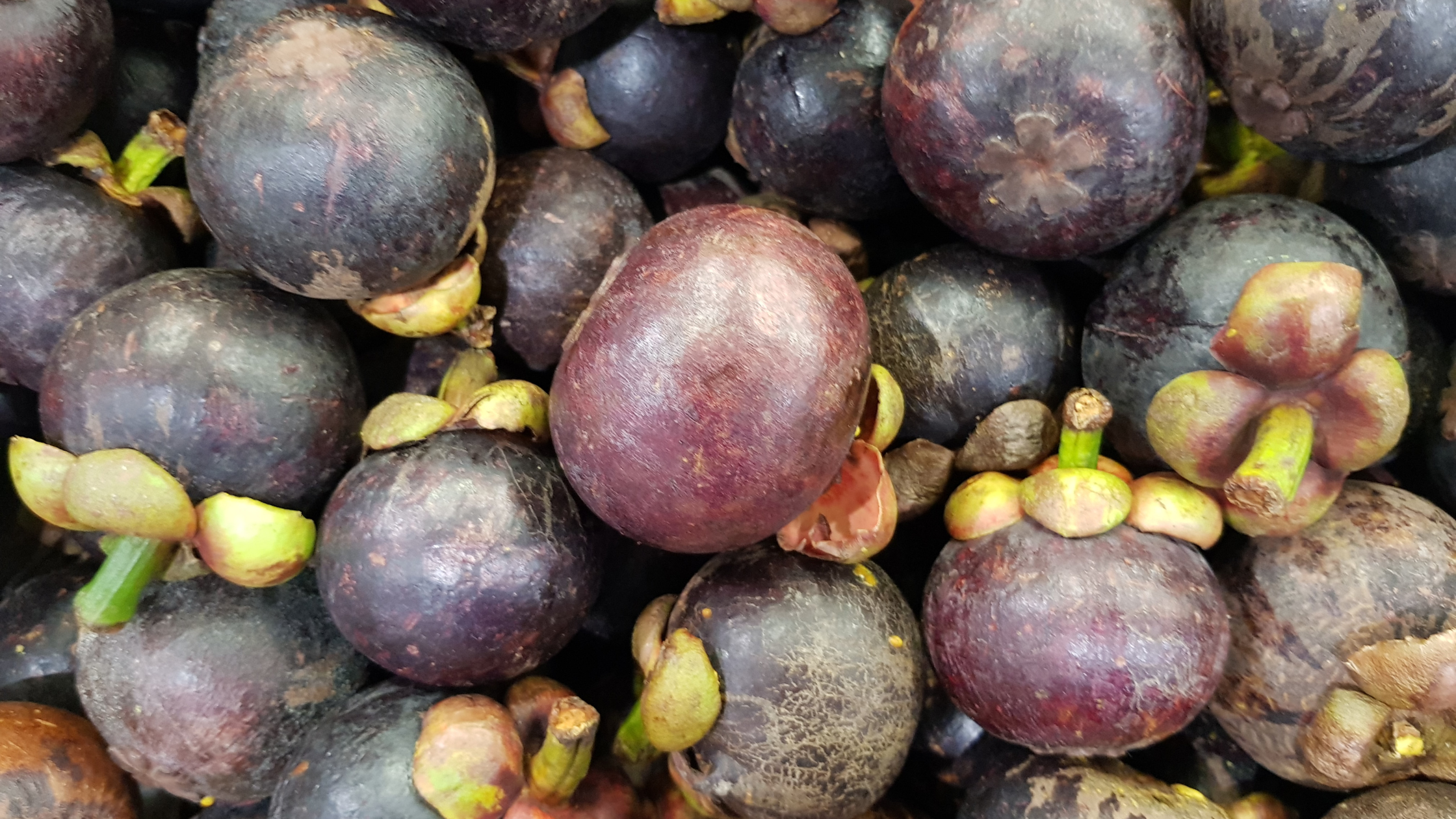
What Are Tannins in Wine?
If you’re a connoisseur of the wine world (we know you are!), you may have heard of “tannins” or “tannic wine.”
It’s the dry, puckery feeling on your tongue when sipping a robust red wine like Cabernet Sauvignon.
But that’s not all tannins are or what they do, as tannins can be found in everyday treats like dark chocolate and tea.
Let’s get into the nitty gritty of this organic compound to learn more about them!

What Exactly are Tannins?
Tannins are polyphenols (or molecules), a natural compound in tree bark, grape skins, stems, and leaves. They’re also a form of antioxidants. The word dates back centuries and refers to the flogging or “tanning” of animal hides.
On the palate, tannins have an astringent, slightly acidic taste. That puckery, bitter taste you get when you drink strong black tea or snack on dark chocolate is from the tannins. They can also make your mouth feel dry.
Headaches
Have you ever experienced a headache after drinking a glass of red wine? Many believe tannins may cause headaches in some. So if you have a headache after drinking a glass of your favorite Merlot, tannins could be the culprit.
Tannins break down enzymes in the body, sending serotonin to the brain and giving you those nasty head pains. But tannins aren’t the only thing that may cause this. Sugar and high alcohol content in wine might be what’s making your head pound. Whatever the cause, make sure to drink plenty of water and avoid sipping on an empty stomach to eliminate the possibility of headaches.
Let’s take a look at which wines have the most tannins.
What Wines Have Higher Tannins?
High tannin levels are most commonly attributed to bold red wines. Red wines undergo longer maceration, the technical term for soaking grapes in their juice. It is one of the very first steps in winemaking.
Maceration determines the color and structure of the wine, including tannin levels. The longer grapes are soaked during winemaking, the more tannins they produce.
Tannins can also be added to wine during fermentation when the grapes’ natural yeast converts its sugars into alcohol. When left to ferment in oak barrels, tannins from the wood seep into the wine.
Here are some high-tannin red wines:
- Sangiovese
- Nebbiolo
- Petite Syrah
- Shiraz/Syrah
- Petite Verdot
- Cabernet Sauvignon
- Merlot
Now we’ve covered high-tannin wines, let’s dive into wines lower in tannins.
What Wines Are Low in Tannins?
Overall, white wines have a lot less tannins than red wines. Even oak-aged Chardonnay, a full-bodied white wine, has less than a quarter of the tannins in red wine, and it’s considered to be a white with a higher tannic content.
Here are some low-tannin wines that are prime for easy sipping:
- Pinot Noir
- Riesling
- Zinfandel
- Tempranillo
- Grenache
- Gamay
- Barbera
What About Orange Wine?
Speaking of white wine, it would be remiss not to mention the incredibly rare orange wine when talking about tannins. Initially crafted in Slovenia and Italy, orange wine comes from white wine grapes. But unlike white winemaking, which requires a shorter maceration, grape skins are left in contact with the juice for several days or months. The result is a more concentrated color like red, amber, or orange. This means a higher tannin content for the wine since the grapes have been left to soak for an extended time.
Unlike most white wines, the tannins in orange wines will definitely make your mouth pucker. You may also notice dried flowers, stone fruit, and dried apricot notes. Depending on how long the wine has been macerated, it may taste like sour beer.
Now that we’ve addressed a few high-tannin and low-tannin wines, let’s look at how tannins affect wine.
How Do Tannins Affect Wine?
Tannins greatly influence how a wine tastes and its structure, quality, robustness, and texture. The perfect amount of tannins also adds balance to the wine. For example, tannins can tone down acidity and the taste of alcohol. A well-balanced red wine will have equal tannins, acidity, and alcohol content.
Regarding texture, tannins can be silky, velvety, or more astringent and bitter. This is also called “mouthfeel,” referring to how a wine feels on the palate. If your mouth starts to pucker, the wine you’re sipping likely has higher tannins.
Tannins also add quality and depth to the wine, providing layers of complexity. However, too many tannins will leave the drinker with an overly dry taste in their mouth.
There’s one more essential role tannins play, which has everything to do with a wine’s age.
Tannins in Aged Wines
Tannins are an excellent preservative, allowing a longer shelf life and better-aging potential. If a wine has a more potent tannic content, these compounds will mellow over time, lending to smoother textures after aging.
If you have a high-tannin wine that makes your mouth pucker by just looking at it, give it a few years and see what happens!
Still Curious About Tannins in Wine?
Learn more about tannins with our Comprehensive Guide to Red Wine. You’ll gain insight into flavors, tannin levels, winemaking origin, food pairings, and more for some of the most popular red wines.
Shop more red, white, sparkling, Rosé, and dessert wine over at our wine shop. Here you’ll find an assortment of customer favorites and quality wines from around the world.
Get a taste of wines from France, Italy, New Zealand, California, and more for great prices.
Read our Wine Insiders Blog for all the exciting wine facts you’ll need.
Wine Insiders is your one-stop shop for all things wine!